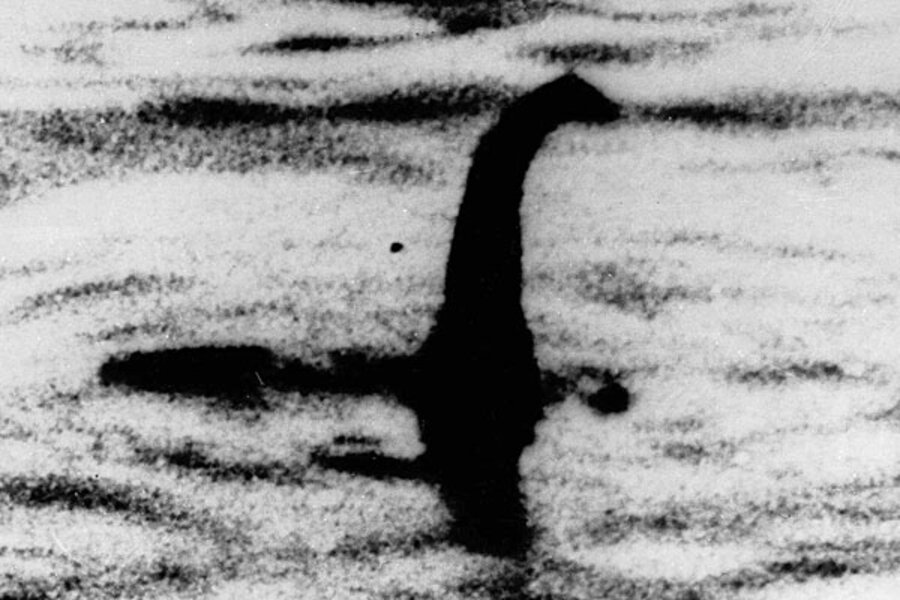Loch Ness monster: How much spin is too much spin?
If you're selling a serpent, or rather a mythical serpent, how much spin is too much?
That seems to be gist of the latest Loch Ness monster spat.
Tourism is big business in the Scottish Highlands. And nothing draws folks to Scotland's second-longest lake like a good Loch Ness monster sighting.
But two local businessmen have set off a tempest in a serpent's teapot over how honest to be with tourists about whether there is – or isn't – a sea monster in Loch Ness.
George Edwards, who runs Loch Ness Cruises, complained that some of the other members of the Drumnadrochit, Scotland, Chamber of Commerce are leaving tourists - especially those visiting the Loch Ness Centre - with the impression that the Loch Ness monster is just a "myth."
That, in his opinion, is bad for business.
"Just about every time that [Centre researcher Adrian] Shine appears in the media he talks about big fish and big waves," Mr Edwards said in a letter to the chamber of commerce. "I believe they are doing more harm than good in promoting Loch Ness tourism with their negative theories... How many people come here to see the Loch Ness Big Fish or the Loch Ness Big Wave?"
The Loch Ness Centre seems to be trying to walk the line between the sea monster "sightings" and sharing information on the scientific research that has been done at the Loch. "On one hand, the loch's famous "Jurassic Park" reputation, 1000 reliable eye-witnesses and some classic photography. On the other hand, hoaxes and illusions, Scotland's journey and the legacy of the ice, life in the abyss and a possible underlying truth," says the Centre's website.
The Daily Telegraph reports that Tony Harmsworth, the former boss of the Loch Ness Centre, responded to Mr. Edward's accusations with a letter of his own posted on the chamber of commerce website (since removed), and he accused Edward's of "palming his customers off with fake photographs."
The Scotsman reports that "The row has led to resignations from the Chamber of Commerce, including Debbie MacGregor of the Loch Ness Centre, and Tony Harmsworth, its former chairman, who has quit as editor of the chamber’s website."
But this is not the first time locals - or others - have haggled over how to promote Loch Ness. A BBC article recently posed this question: "Is Nessie just a tourist conspiracy?"
The article is based on the work of Dr. Charles Paxton, a research fellow and statistical ecologist at St Andrew's University, who has so far sifted through 800 of the 1,000 recorded sightings. Paxton observes: a sizeable number of 'Nessie' sightings came from cafe and hotel proprietors.
Skeptics have long questioned the veracity of the Loch Ness monster. In 1982, The Christian Science Monitor's Robert C. Cowen reported on a three-part series published in New Scientist that attributed many of the sightings to otters and old logs floated by methane gas. "Gases formed by slow decay would accumulate in the log until they made it buoyant enough to shoot to the surface." By examining photos of purported sightings, researchers noted that some folks were apparently taking pictures of otters, not sea serpents. "In Scotland, otters may grow to be six feet long with records of 7.5 to 8 feet. Large otters frolicking on the surface could look serpentlike. What is more, lines of otters could look like a long serpent when the lead otter rears up to look around."
The truth is out there. But are Loch Ness tourists willing to pay for it?






